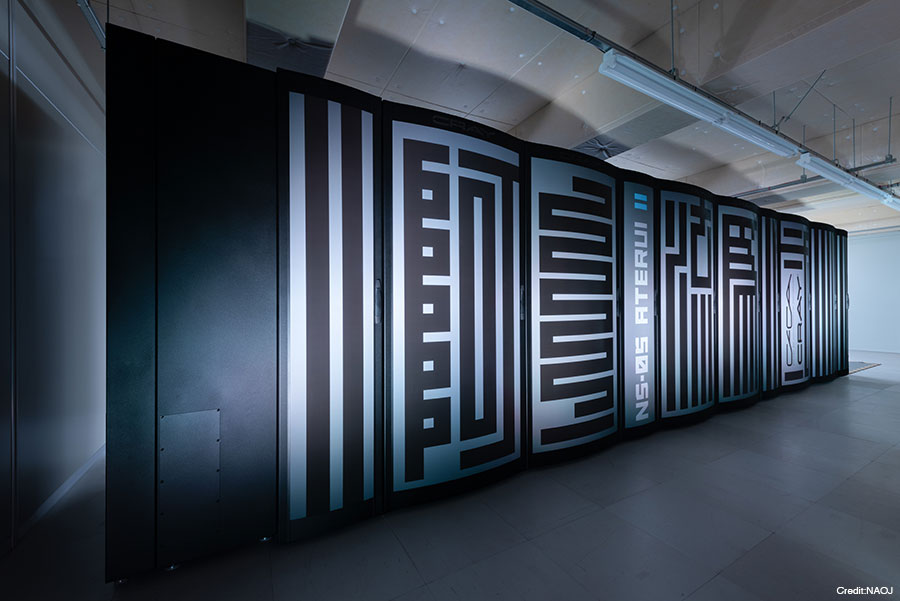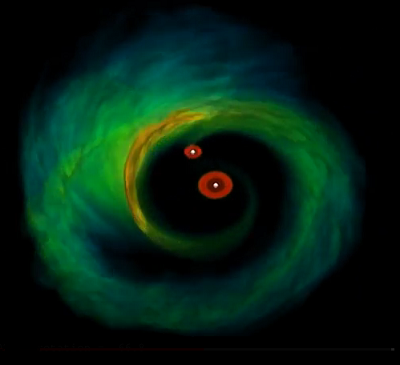
June 4, 2018
By: Michael Feldman
A three-petaflop Cray XC50 supercomputer has been installed at the National Astronomical Observatory of Japan (NAOJ) and is now up and running.
 The system, known as NS-05 "ATERUI II," will be devoted to performing simulations of astronomical phenomena, especially those that are not accessible to observations with telescopes. As you might imagine, that covers a lot of territory – everything from simulating the “Big Bang” to modeling the interior of a dying star.
The system, known as NS-05 "ATERUI II," will be devoted to performing simulations of astronomical phenomena, especially those that are not accessible to observations with telescopes. As you might imagine, that covers a lot of territory – everything from simulating the “Big Bang” to modeling the interior of a dying star.
At 3.087 peak petaflops, ATERUI II is three times as powerful as the original ATERUI, which was installed at NAOJ in 2013. That system was a Cray XC30 outfitted with “Sandy Bridge” Xeon CPUs (E5-2670, 2.6 GHz, 8 cores), which was later upgraded to an XC40 using “Haswell”-generation processors (E5-2690 v3, 2.6 GHz, 12 cores). With 25,440 cores, the original ATERUI delivered a little over a peak petaflop.
The new ATERUI II is equipped with 40,200 cores of the current-generation “Skylake” Xeon CPUs (Xeon Gold 6148, 2.4 GHz, 20 cores), along with 385.9 terabytes of main memory and 6.5 petabytes of disk. That makes it the most powerful supercomputer in the world devoted to astronomical simulations. As a result, ATERUI II will be able to perform larger and more granular simulations than its less powerful brethren.
 One example of this is being able compute the mutual gravitational forces between the 200 billion stars in the Milky Way Galaxy. In the past, this typically had to be done by bundling stars into groups and then simulating the forces between those groups. Using the more granular approach, ATERUI II will be able to model the entire galaxy in higher resolution.
One example of this is being able compute the mutual gravitational forces between the 200 billion stars in the Milky Way Galaxy. In the past, this typically had to be done by bundling stars into groups and then simulating the forces between those groups. Using the more granular approach, ATERUI II will be able to model the entire galaxy in higher resolution.
ATERUI II will also be able to model more localized phenomenon with greater fidelity and speed. For example, based on simulations of binary star formation already performed on the new system and comparing them to observations made of such phenomenon in the past, astronomers have gained greater insight into how these binary systems behave.
The system is expected to be used by about 150 researchers during the remainder of 2018. Its cost was not revealed.
Top image: ATERUI II. Source: NAOJ. Credit: Shogo Nagayama, Makoto Shizugami, Hinako Fukushi. Bottom image: Binary star simulation. Source: NAOJ. Credit: Tomoaki Matsumoto, Hosei University/Princeton University
